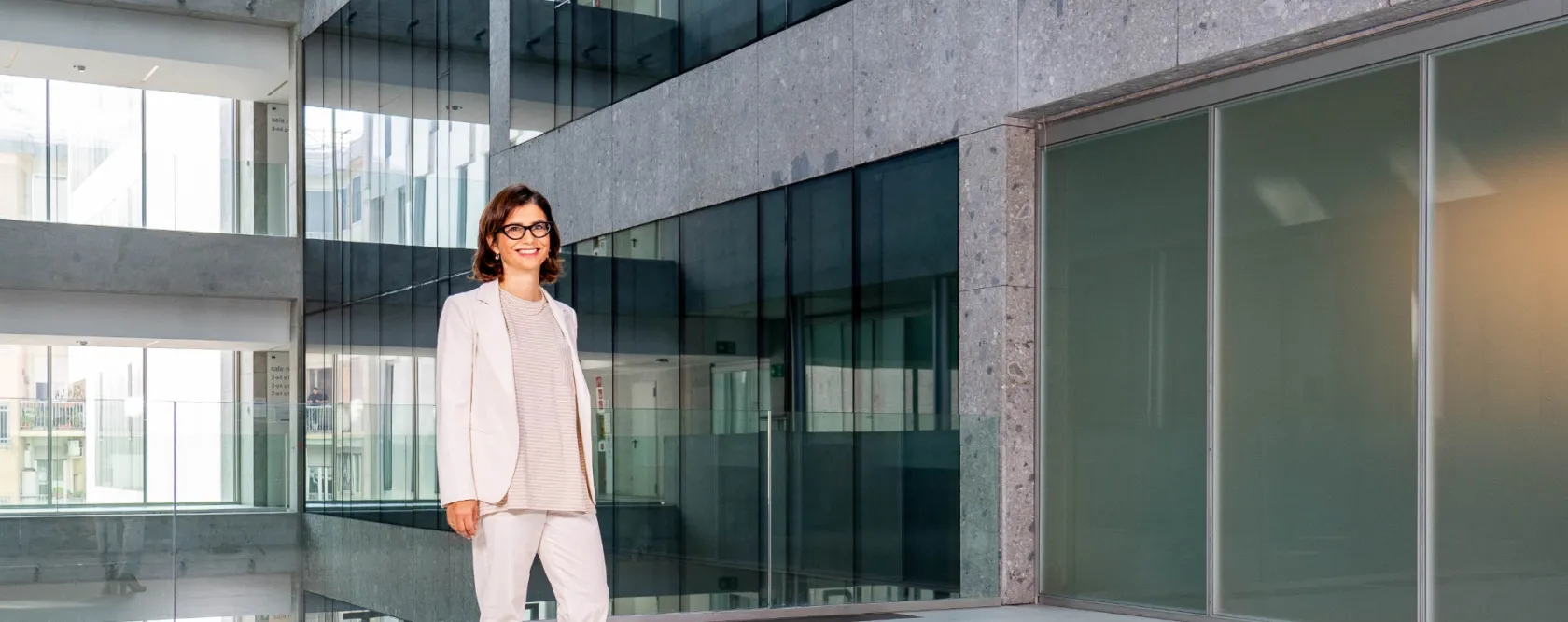
A Nation of Singles
In “Vado a vivere da solo” (“Going to Live Alone”) an Italian comedy film directed by Dino Risi in 1982, the protagonist Giacomino (played by Jerry Calà) is a 26-year-old university student behind with his exams. The only child of overprotective Milanese parents, he is given the money to go and live as a single in a run-down Milanese loft and begin his adventures as a spoiled and hedonistic bachelor. Over 40 years later, living alone is now considered the norm in increasingly fragmented, non-linear life paths, with an increase not only in young adults living alone, due to university studies and work mobility, as well as continuous postponement of the decision to move in as a couple, but also due to the increase in separations and divorces, and couples, even families, that have to live long distance relationships.
Living on one’s own is a dynamic condition of autonomy in adulthood, which one enters, exits and re-enters during the course of life. Due to the globalization of working life and emotional relations, living alone has lost the social stigma it had in the past (if anything, we speak of singles and no longer refer to them as celibates or worse, spinsters or bachelors), and the psychological connotation of solitude. In conditions of autonomy and choice, living as single does not mean, therefore, being alone or feeling alone.
It is different for those who find themselves living alone in the last segment of their lives, especially after the age of 75, when the frailties and needs associated with old age make complete autonomy difficult, fueling the market of domestic workers and home carers. It is not surprising that for the majority of people over 75, residential loneliness arouses, for example, the fear of lack of immediate assistance in the event of an emergency (CENSIS data). But single-person households have grown, and will continue to grow, precisely in the elderly age groups, driven by the combined effect of the increase in life expectancy and the prolonged decline in the birth rate. In fact, the number of kinless people, that is, without a spouse or children, is increasing, now equal in Italy (as in many other developed countries) to over a tenth of the total population.
Official data cannot capture the dynamics of life paths and episodes of solitary life before old age, but they do photograph the stock of single-person families: in 2023, according to ISTAT, in Italy there were 9.3 million people living alone (equal to almost 36% of total households). 50 years earlier, the corresponding figure was only 2 million. 47.5% of singles are over 65, a percentage that will rise to almost 58% of the 10.7 million people who are expected to live alone in 20 years’ time (equal to almost 40% of household). Furthermore, in the adult population under 65 years of age, over 60% of singles are men, while over 65 years of age the obverse is true, and women clearly prevail (in a 70:30 ration), due to women’s higher life expectancy and the still surviving social norm that makes husbands at least a few years older than wives.
Trends in other European countries are very similar to Italian ones. Eurostat reports that almost 37% of European households are composed of a single adult and this type of family has been growing rapidly (+21%) in the last decade. The aging of the population is the main cause of the increase in singlehood everywhere, although there are differences between countries linked to the differential propensity of young people to move out of the original family household, which is markedly higher in Northern Europe with respect to Southern Europe.
The social impact of single-person households in our society is strong and will become even stronger in the coming decades, due to the very rapid growth in the proportion of singles in older age cohorts: in two decades, the number of singles over 65 is expected to increase by 40%, translating into 6 million more elderly people living alone with respect to today, including 4 million individuals over 75 (of which 3 million are women).
Living alone, at any age, but especially in old age, does not automatically put someone at a disadvantage: the family support network can be strong and efficient even in the case of non-cohabitation. However, recent official data clearly show that single individuals exhibit greater correlation with lower economic security and greater vulnerability to poverty. Those who live alone are less likely to receive immediate economic support in case of need and, deprived of economies of scale available to larger families, they incur in higher daily expenses, must use external paid services more frequently and are burdened with higher per capita housing costs, since they often live in outsize homes. At a societal level, all this translates into a more fragmented housing demand for the same level of population, greater energy consumption, more service-oriented consumption models, and, above all, greater demand for public spending on welfare and assistance.
To deal with the challenge of aging and loneliness, and the care needs of many elderly people, there is an urgent need for new forms of residential living, such as cohousing condos that enable independence and dignity in elderly life, by combining private spaces with areas and services for common use, and last but not least, fostering ecological consumption practices and economic savings.





